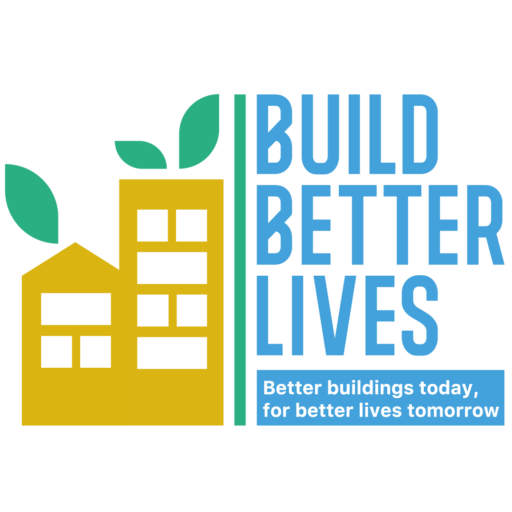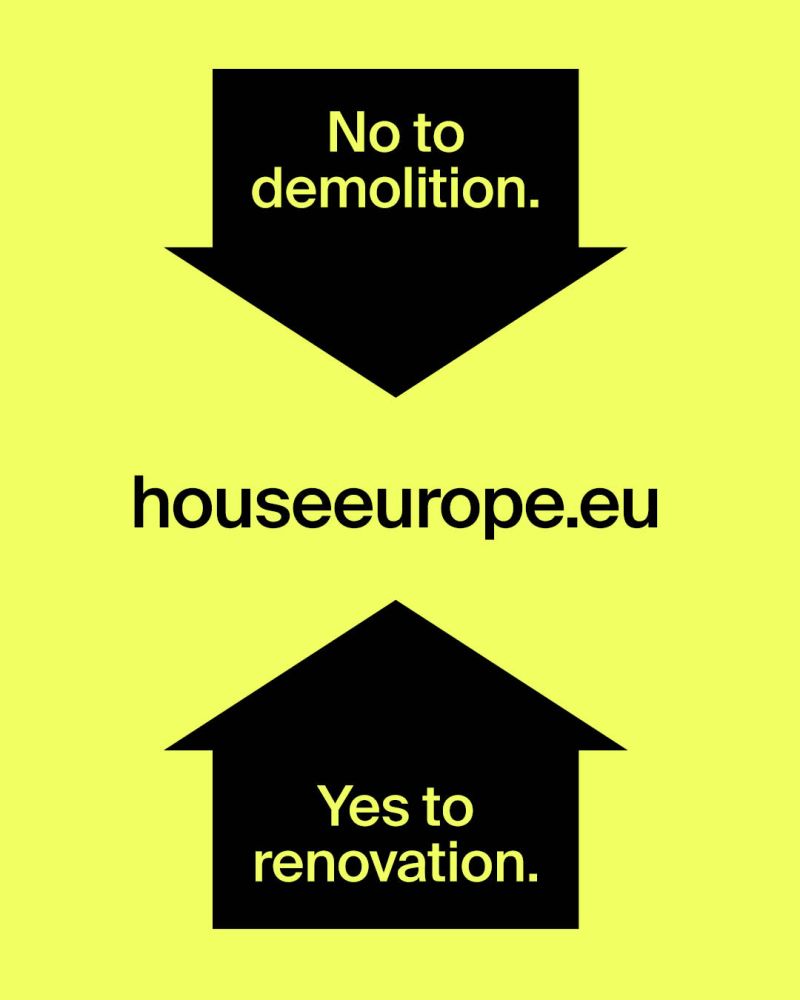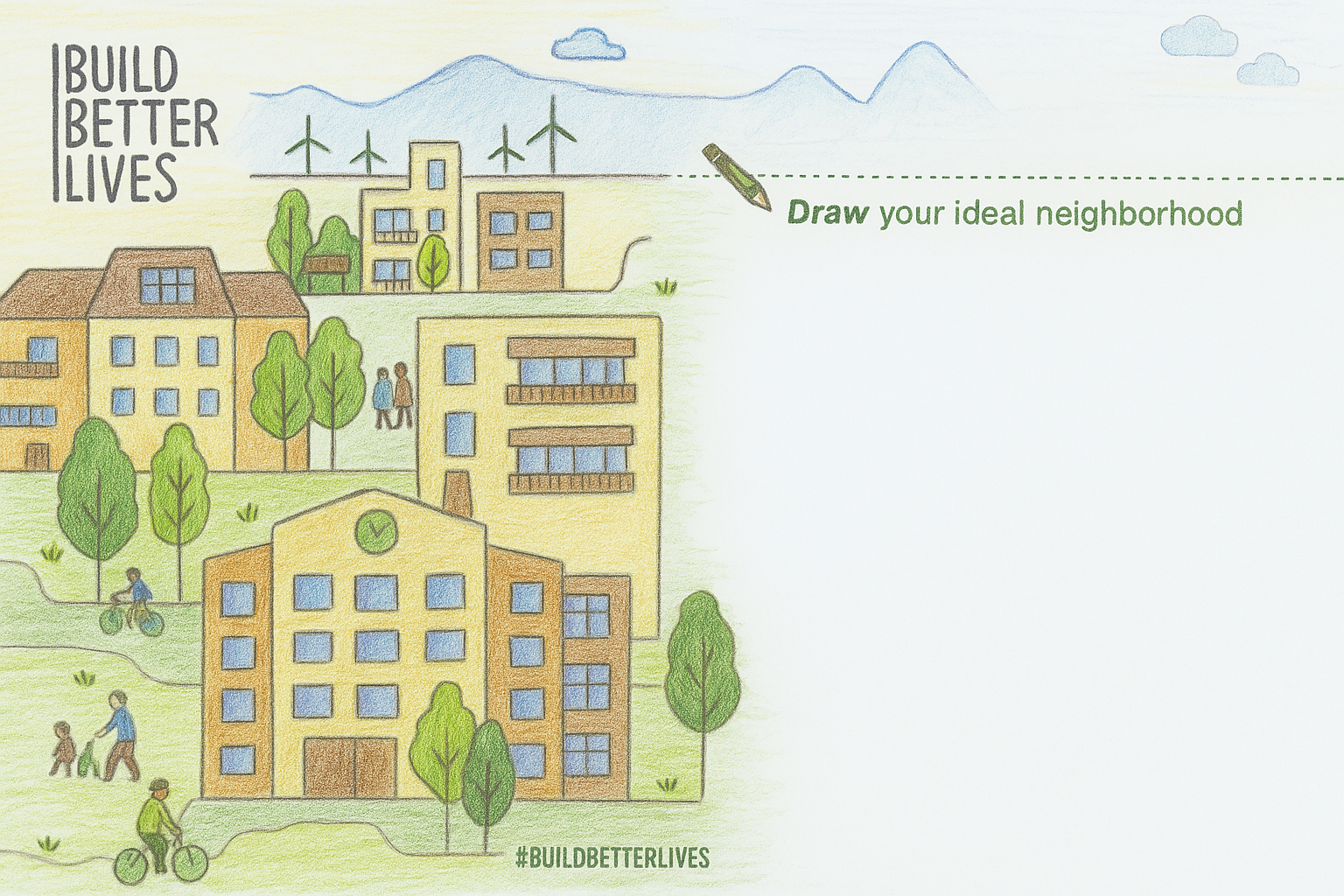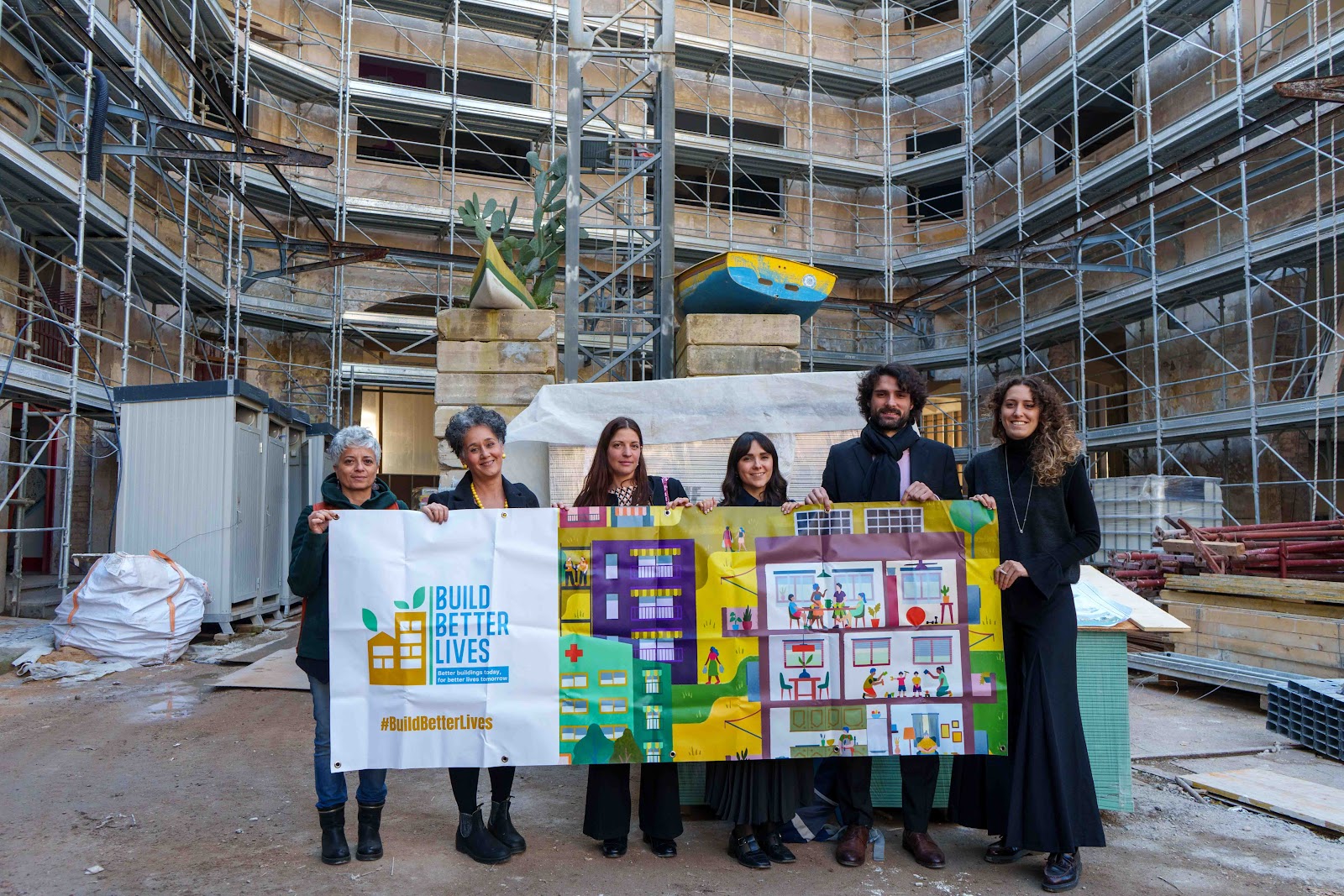
Rome, ITALY
Project led by Municipality of Rome
The transformation of a former military base in Rome into a vibrant, sustainable social housing project exemplifies the power of innovative and inclusive urban regeneration. By repurposing an abandoned yet historically significant structure, this initiative prioritises affordability, sustainability, and community cohesion. Through a participatory co-design process, residents and stakeholders have been actively shaping the project’s future, which combines heritage preservation with forward-thinking housing solutions. The latter in fact serves as a model for cities seeking to address housing deprivation without further land consumption.
Co-design for social cohesion and lasting Impact
A defining feature of this initiative is its innovative co-design approach, which ensures that existing residents—54 families —remain central to the development process. This participatory model strengthens and builds upon existing community ties, encourages local engagement, and facilitates the successful integration of social services and shared spaces. The Special Tender (Bando Speciale) framework provides an inclusive pathway for residents to access public housing while ensuring compliance with regulatory standards.
Beyond housing, the project fosters inclusivity through mixed-purpose public spaces. The courtyard will become a dynamic public square, open to the wider neighbourhood and offering essential services such as an anti-violence centre, a local market, and intergenerational spaces for education and digital access. By integrating diverse cultural, social, and economic activities, the project enhances local resilience and demonstrates how community-led development can create lasting social impact.
Repurposing abandoned spaces for sustainable and affordable housing
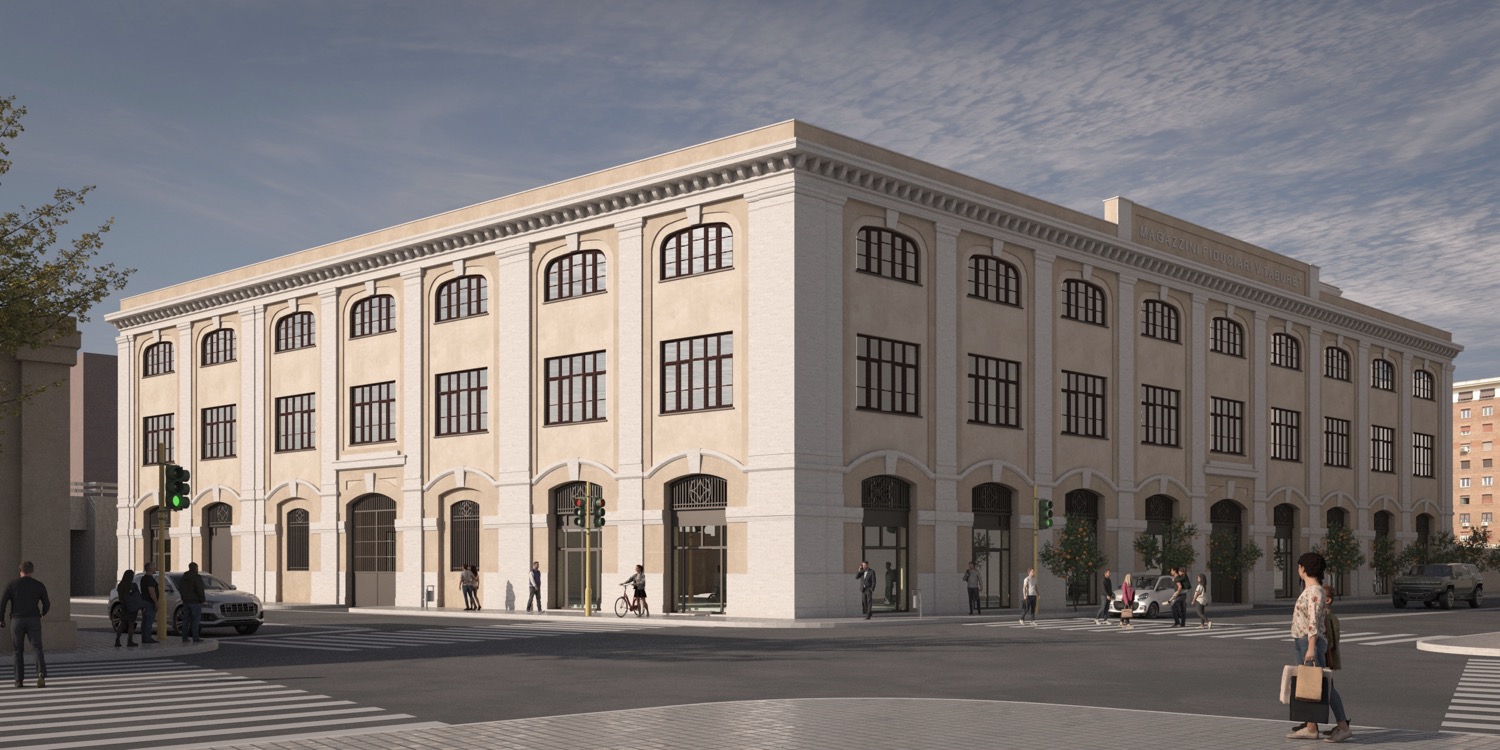
This initiative showcases the potential of repurposing derelict buildings to address the pressing need for affordable and decarbonised housing. By transforming the former military site without consuming additional land, the project prioritises sustainability and urban densification. A key innovation is the integration of renewable energy solutions, including a rooftop photovoltaic garden that will establish an energy community, providing residents with access to renewable-based and affordable electricity.
In addition to sustainable energy solutions, the project emphasises climate resilience through innovative design. The revitalised structure incorporates energy-efficient renovations, ensuring that residents benefit from reduced energy costs and improved living conditions. The inclusion of a sustainable mobility centre, directly linked to the metro station via a cycle path, further reinforces the project’s commitment to environmentally conscious urban living.The transformation of this former military base into a thriving social housing community highlights how innovative urban planning can preserve heritage while addressing urgent social and environmental challenges. By embracing a participatory co-design model and repurposing an abandoned site into affordable and decarbonised housing, this initiative sets a benchmark for inclusive and sustainable urban development. As cities seek solutions to housing crises and climate change, projects like this demonstrate how we can truly Build Better Lives.
